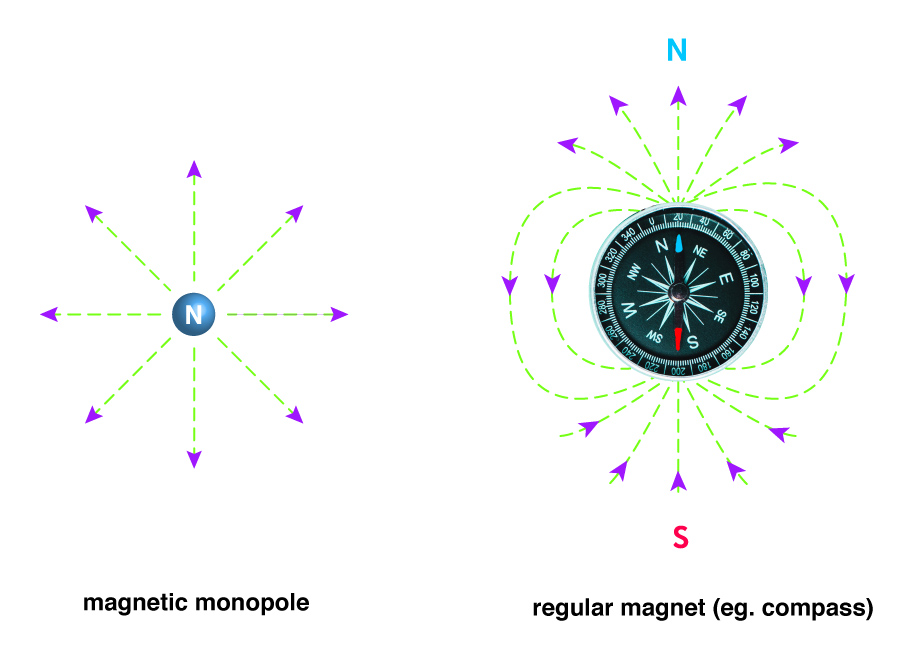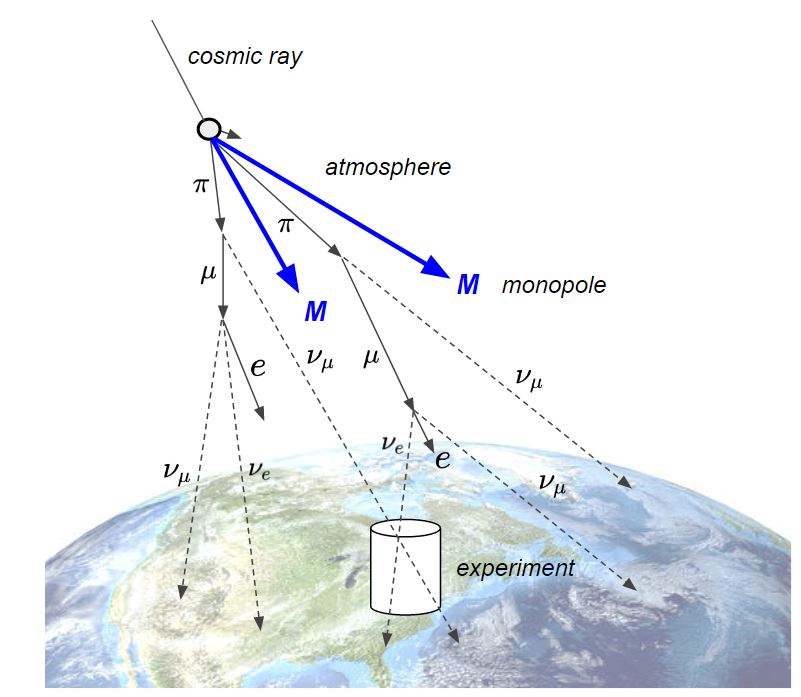A collaborative team of researchers have investigated magnetic monopoles and utilised cosmic rays and particle accelerators to determine the existence of one-pole magnets.
What is a magnetic monopole?
Particle physicists define a magnetic monopole as a hypothetical elementary particle that is an isolated magnet with only one magnetic pole. The existence of one-pole magnets is something scientists have been investigating for decades. In 1931 Physicist, Paul Dirac, theorised the existence of one-pole magnetic monopoles – particles comparable to electrons but with a magnetic charge – however, the method to either prove or disprove this hypothesis has eluded researchers.
Magnets have a vast number of applications in daily life, from computers, and televisions, to children’s toys. However, if a magnet is broken, the result is two smaller two-pole magnets. To determine the existence of one-pole magnets scientists employed some of the world’s most powerful particle accelerators and cosmic rays.
This study was published in Physical Review Letters on 17 May 2022.

Photo Credit: Kavli IPMU.
Determining the existence of one-pole magnets
The interdisciplinary research required bringing together expertise from several distinct corners of science, including accelerator physics, neutrino interactions, and cosmic rays. The collaborative team of international researchers, including Volodymyr Takhistov from the University of Tokyo’s Kavli Institute for the Physics and Mathematics of the Universe (Kavli IPMU), deliberated the obtainable data from a variety of terrestrial experiments and have carried out the most sensitive searches to date for monopoles over a broad range of possible masses.
Scientists focused on an uncommon source of monopoles; atmospheric collisions of cosmic rays that have been taking place for aeons.
Cosmic ray collisions: Integral in obtaining a persistent beam of light monopoles
The employment of cosmic ray collisions was inspired by the Super-Kamiokande experiment, which discovered that neutrinos oscillate in flight, revealing that they have mass. The cosmic ray collisions with the atmosphere were essential in this exploration of the ghostly neutrino particle, and in inspiring scientists to utilise this phenomenon to investigate the existence of one-pole magnets.
From this, the research team noted light monopoles with masses around the electroweak scale, which can be readily accessible to conventional particle accelerators. Additionally, conducting simulations of cosmic ray collisions analogously to particle collisions at the LHC at CERN, the researchers obtained a persistent beam of light monopoles raining down upon different terrestrial experiments.

Photo Credit: Volodymyr Takhistov.
Limits on monopoles across a wide range of masses
The unique source of monopoles discovered is especially interesting, as it is independent of any pre-existing monopoles, such as those potentially left over as relics from the early Universe, and covers a broad range of energies.
Thus, re-analysing data from a wide range of previous experimental monopole searches, the researchers identified novel limits on monopoles across a wide range of masses, including those beyond the reach of conventional collider monopole searches.
Scientists have highlighted that these results, along with the source of monopoles studied by the researchers, will provide a valuable benchmark for interpreting subsequent future monopole searches at terrestrial laboratories.









